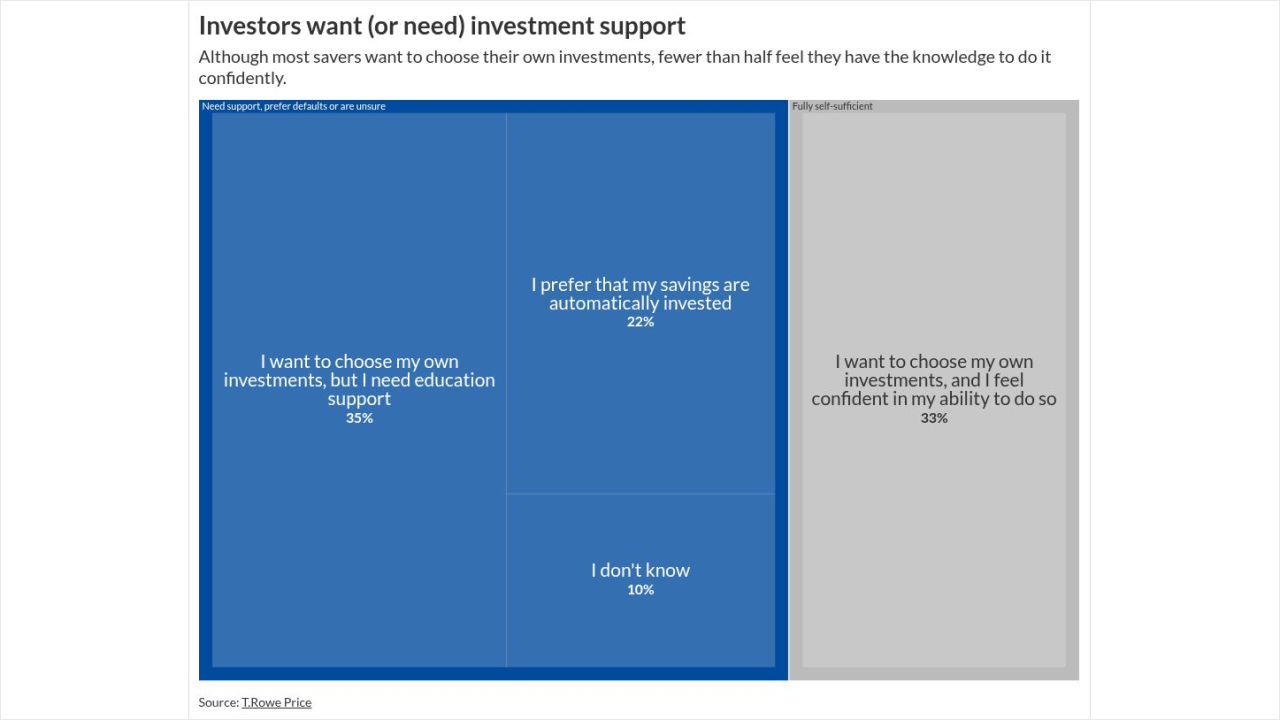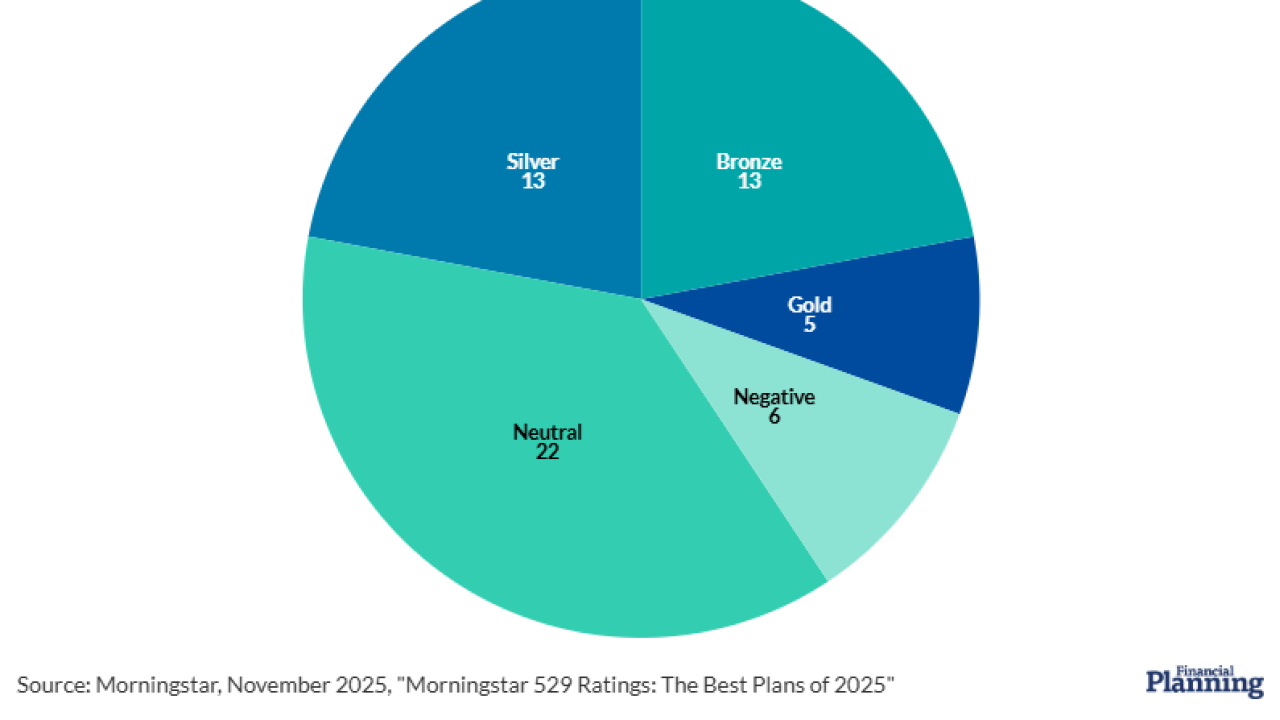
After years of soaring stock prices,
At this year's Investments & Wealth Institute forum in New York, Jeff Bilsky, senior portfolio manager at Chartwell Investment Partners, showed how covered calls can
"I've been managing covered calls for a very long time," Bilsky said. "I will tell you that we did this presentation a couple years ago, and we were lucky to get a third of the people in the room here."
The appeal is clear: covered calls let investors protect against downside risk without severely limiting potential gains. Compared to hedging strategies — like buying put options — covered calls offer a few clear advantages, Bilsky said. Namely, they earn money upfront rather than costing money.
Still, clients sometimes get uncomfortable with the idea of options, but selling calls is much different than buying them, Bilsky said.
"Buying calls is risky, but in a covered call strategy, we're selling calls," Bilsky said. "We're almost like the house in a casino, where we're selling the risk to you and we're offloading that risk to hedge our portfolios and produce less volatility going forward."
Here's how it works:
In a covered call strategy, an investor who already owns shares of a stock sells call options on those shares. Selling the calls generates upfront income in the form of premiums, which can help cushion the portfolio if the stock dips. In return, the investor agrees to sell the shares at a set price — the option's strike price — if the buyer chooses to exercise.
This approach provides a measure of
For example, imagine an investor owns 100 shares of a stock trading at $50 and sells call options with a $56 strike price, collecting $2.50 per share in premiums. If the stock stays below $56, they keep the $2.50 per share as extra income. If the stock rises above $56, they must sell at that price if the option purchaser so chooses. So the maximum return for the year would be the $6 per share gain from $50 to $56 plus the $2.50 premium: $8.50 per share, or 17% on the original investment.
Compared to recent years of 20%-plus gains in the S&P 500, those returns may not sound too impressive. But Bilsky said that misses the point.
"If you generally look at covered call space historically, that 17% would be more than the annualized return you typically get for the stock itself," Bilsky said. "So we always view that as a good trade."
The downside to downside protection
Of course, there's no such thing as a free lunch in the stock market, and covered calls are no exception. While they can offer a unique form of protection for investors, they also have the potential to hurt more than they help under certain circumstances.
"With covered calls, you have an asymmetric return profile. … If your stock goes up 100%, it doesn't matter," Bilsky said. "You only made that 17%. That's the most you can make on that trade. But your downside is unlimited technically. So if the stock goes to zero, you lose all of your money, minus that $10 that you got for the option premium. So this is the downside of covered calls."
A stock going to $0 is unlikely to say the least, but even temporary corrections can cause investors to lose money using a covered call strategy through a phenomenon called the "whiplash effect."
For example, during a sharp, short-term drop like the
Knowing when to use covered calls
Even with these risks, Bilsky said covered calls remain a compelling tool for advisors looking to add some protection in an unpredictable market. And he's far from the only one who sees their value. Covered call ETFs — which automate the strategy for investors — have drawn a surge of interest this year.
Morningstar data shows U.S. derivative income funds, most of which rely on covered calls, pulled in a record $31.5 billion in the first half of the year. Those inflows reflect how powerful the strategy can be when conditions line up. In 2022, for instance, when the S&P 500 returned just 1.7%, J.P. Morgan's Equity Premium Income ETF (JEPI) delivered an 11.7% yield.
But performance over longer periods tells a different story: many covered call funds lag broader equity markets, Morningstar found, underscoring that the strategy works best when used selectively — not as a set-it-and-forget-it replacement for traditional stock exposure.








